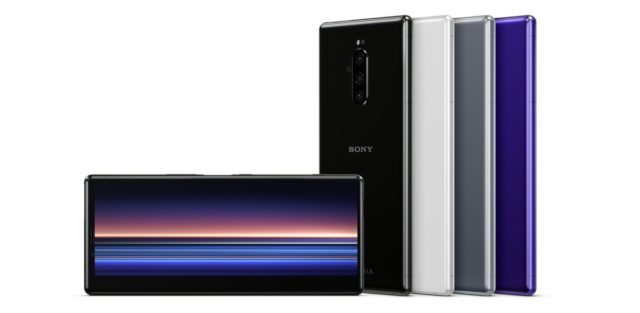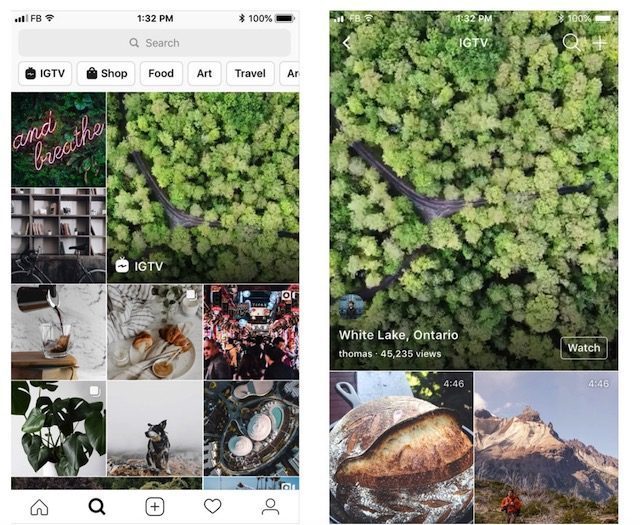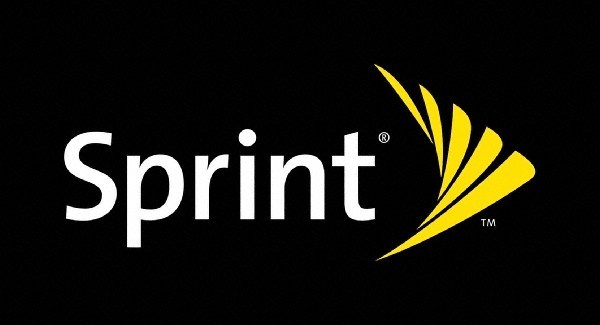Huawei P30 vs. P30 Pro Differences and Highlights
Huawei just launched the Huawei P30 and Huawei P30 Pro smartphones in Paris, in front of ~3000 industry attendees, including media and business partners. In this article, we’ll go over the highlights and differences between the two models, along with some preliminary analysis. Keep an eye out for the full Camera IQ review and smartphone review in the coming days.
Huawei P30 Pro vs. P30 Differences
| P30 | P30 Pro | |
|---|---|---|
| Cam Uwide | 17mm, 16MP f/2.2 | 16mm, 20MP f/2.2 |
| Cam Primary | 27mm, 40MP f/2.4 OIS | 27mm, 40MP f/1.6 + OIS |
| Cam Zoom | 80mm, 8MP f2.4 | 125mm, 8MP f/3.4 + OIS |
| Display | 6.1” | 6.47” curved |
| Battery | 3650 mAh | 4200 mAh, 15W Wireless Charge |
| Memory | 6GB RAM, 128GB storage. NanoSD | 8GB RAM, 128/256/512 GB Storage. NanoSD |
| Misc | 3.5mm audio | N/A |
Despite the name similarity and many points in common, the Huawei P30 and P30 Pro are substantially different, with the “Pro” version being much stronger from a technological standpoint and the “non-Pro” bringing last year’s Huawei P20 Pro level of power to a more mainstream price point.
This is a very different strategy from competitors like the Galaxy S10 with which the S10e is the technological common denominator that is built upon to create the S10/S10+ and the S10 5G. The difference is substantially easier to understand.

Huawei P30 vs. P30 Pro: Common Traits
- Full HD+ 2340×1080 OLED display
- Kirin 980 processor
- 32MP, f/2.0 Selfie Camera
- WIFI AC, BT 5.0
With a Kirin 980 processor as the main computing engine, we already know what kind of high-end performance these phones have. You can read our Huawei Mate 20 Pro review to have an immediate understanding of the level of performance of the new P30 Series, which can run high-end games and VR applications.
The choice of going with a FHD+ resolution OLED display will probably create some controversy, but it does make sense from a bill-of-material (BOM) standpoint, especially after Apple hit a wall with the iPhone pricing in 2018.





 +5
+5




Huawei has to keep the cost relatively under control, and with features such as the ToF depth sensor and the powerful camera hardware, something had to give, and the resolution is one of the least impactful things to tone down.
The new 32MP selfie camera seems very powerful, and we’re looking forward to testing it, but notice that the 3D face unlock form the Mate 20 Pro is gone, replaced by a much more discrete tear-drop selfie design. There is no dual-camera option for Bokeh.





 +8
+8







Huawei P30 and P30 Pro Cameras

The Huawei P-Series is designed with Leica, and has always been about leading-edge camera performance. We can vouch for that since the Huawei Mate 20 Pro was the most powerful mobile camera of 2018, in our Mobile Camera Hall of Fame. This time is no different, with the introduction of a few “firsts” that have much potential.
What is the Super Spectrum camera sensor?
Huawei’s “super spectrum” camera sensor is a powerful 40MP Quad-Bayer sensor that is similar in size to the P20 / Mate 20 Pro’s sensor, but with a huge difference: it has an RYB filter (Red-Yellow-Blue), instead of the traditional RGB (Red-Green-Blue) Bayer filter.
This doesn’t seem like a big change, but it might just be: Yellow is a wider color spectrum, and using it is said to be similar to sensing more light given the same sensor pixel size. That’s the reason why companies like Nikon have some CYGM (cyan, yellow, green and magenta) camera sensors in the 90s. It’s a different technology but based on the same observation.
Although CYGM sensors didn’t prevail at the time, Huawei’s new concept might breathe new life into the idea of using Yellow instead of Green. In theory, you can get a better dynamic range, especially when used in conjunction with Quad-Bayer technology (dual dynamic range sensing), which is the case for Huawei’s “super spectrum” sensors.
"EXTREMELY HIGH ISO AT 409,600"
For low-light photos, the maximum ISO of these new sensors is ISO 409,600 which is extremely high above the 102,400 ISO of P20 Pro / Mate 20 Pro. ISO is a unit for how much “gain” or “amplification” the image signal can have at the sensor level. The drawback of using higher ISO is to have more noise, but a lot of work is done to avoid it in newer sensors.
Normally you really want to use low-ISO when possible to reduce noise. However, modern cameras such as the Sony A7/A9 can use very high ISO with relatively low visible noise, thanks to improved noise-reduction techniques.
Unbelievable 125mm Zoom Camera
Our Uber-G Camera IQ camera benchmark has already shown that the Huawei 80mm zoom camera was the best, until today. The best just got better with this 125mm optical zoom in the Huawei P30 Pro (the P30 non-pro gets the Mate 20 Pro’s 80mm zoom).
We recommend using the 125mm focal length naming instead of “5X”. In the context of the P30 Pro, it should really be called a 7.8X zoom (16mm to 125mm = 7.8X). However, for communications reasons, Huawei has preferred to name it “5X” for consistency with prior generations.
"IT SHOULD REALLY BE CALLED A 7.8X ZOOM "
In addition to the optical zoom, Huawei points out that it can use lossless sensor cropping to provide an extra zoom equivalent to 270mm, called Hybrid Zoom. This also uses software processing and multi-frame photography to reduce shaking as much as possible.
Because of the unique periscope design of the lens, and the incredibly long focal length, the aperture is quite small (f/3.4) and suitable for bright-light conditions. Most mobile cameras will fall back to the primary lens (25-27mm) in low-light zoom conditions, so this is not new, but still worth pointing out.
The cherry on the cake is that the 10X hybrid zoom will work with video recording as well. In general, zoom is most useful when you cannot approach the subject, whether it is for wildlife, concert and other situations where the subject is simply too far.
AIS means AI Stabilization

Artificial Intelligence (AI) Image Stabilization uses a combination of techniques such as image stacking (multi-frame photos) and frame-cropping (video) to deliver shake-free videos and sharp pictures.
Thanks to its previous work on Night Mode and Ultra Clarity (Honor phones), Huawei has mastered image stacking and can expand its uses to new use cases, or improve existing ones.
For example, the camera is able to remove unwanted artifacts such as blurry moving hair in the “Super Portrait” mode. The software uses Image Segmentation, an AI technique that recognizes different subjects in the same, to fix such problems when detected. Huawei’s Image Segmentation was first revealed with the Honor 10.
Time of Flight (TOF) Depth Sensor For Next-Gen Bokeh
There are various ways to estimate what the “out of focus” area of a photo is in order to create a “Depth of Field” effect. ToF cameras are infra-red sensors that can capture a depth image (like a Z-buffer in 3D games) that is more accurate than what dual-RGB cameras can produce.
As a result, the Bokeh (blur) effect can be improved to look more natural. The higher precision should also help avoid artifacts around the subject edges. It’s today’s’ state of the art, and phones such as the LG G8 and the Galaxy S10 5G also feature a ToF sensor.
32MP Selfie Camera

Huawei has packed powerful selfie cameras for a while, but things just escalated with this new 32MP front camera. It may not have a dedicated Bokeh sensor, but it looks impressive on paper and we’ll have to estimate how powerful the hardware and optics are using our Uber-G Camera HW score.
P30-Series Software
The Software of the P30 Series will start off where the Mate 20 Pro left off, but there are a couple of notable improvements.
First, EMUI 9.1 introduces Huawei Share OneHop, a phone-to-computer sharing feature introduced at MWC with the new 2019 Matebook laptops. It’s super-convenient, but of course, it only works if your phone AND laptop are Huawei devices. Alternatively, we’d suggest to Huawei to make the software available to all PC and Macs, even with a few months delay.
Secondly, Huawei introduced a new filesystem called EROFS, which replaces F2FS. It might not sound sexy at first, but Huawei claims that EROFS can boost app launch speed by 20% and that its performance stays much more consistent over time. This is part of Huawei’s “stay fast” initiative which aims at keeping older phones from slowing down.
Finally, the P30 phone can be used as a Car Key, stating with some Audi cars. This works by using a standard NFC-based protocol for ca keys, so expect more models and car manufacturers to appear in the compatibility list in the future.
It’s not clear if the ar key feature will trickle back to the previous generation phones, but we don’t any technical reason why it would not.
Conclusion
 The new Huawei P30 Pro and P30 are exciting new phones with different profiles: The P30 Pro is undeniably the technological heavy hitter with many innovations and a powerful camera system.
The new Huawei P30 Pro and P30 are exciting new phones with different profiles: The P30 Pro is undeniably the technological heavy hitter with many innovations and a powerful camera system.
The P30 brings a lot of the P20 Pro power down to a much more affordable level. At the same time, it does take some of the software and design innovations of the P30 Pro.
Stay tuned for the upcoming Mobile Camera Review of the Huawei P30 Pro and its Uber-G Camera IQ score, along with the full review of the phone.
Huawei P30 vs. P30 Pro Differences and Highlights , original content from Ubergizmo. Read our Copyrights and terms of use.




